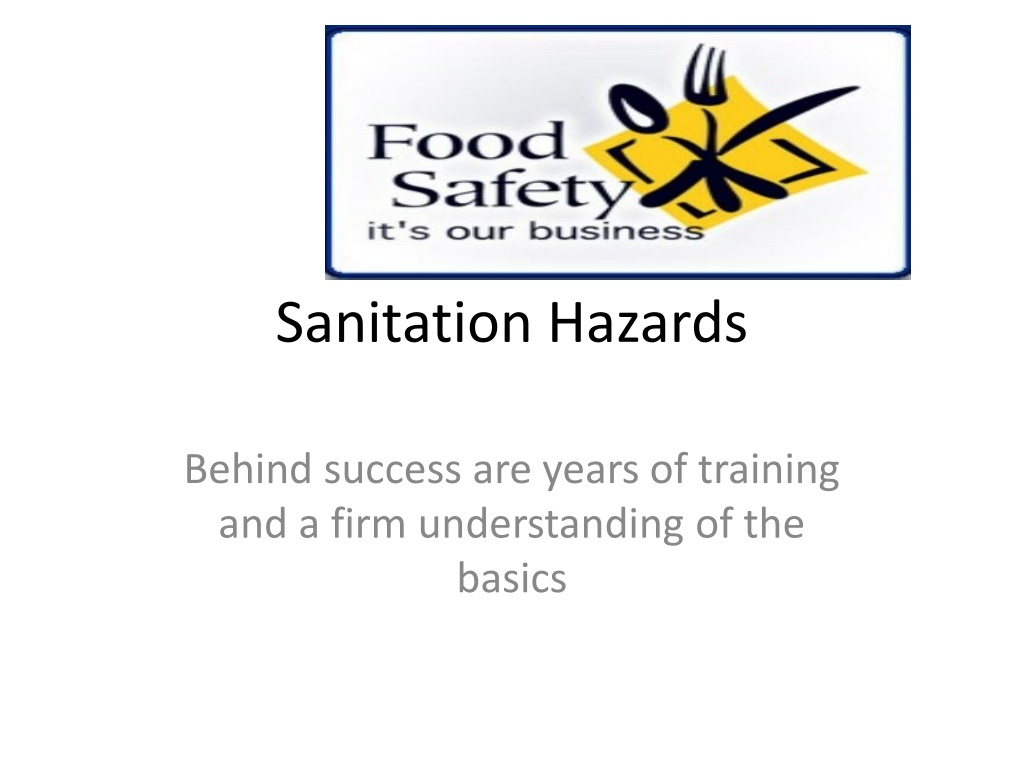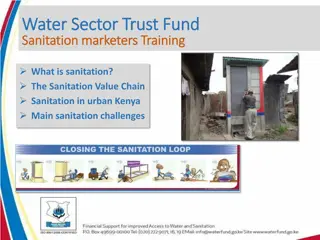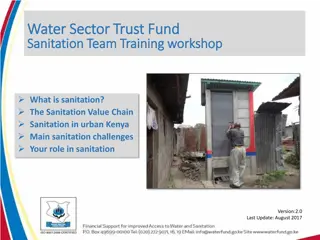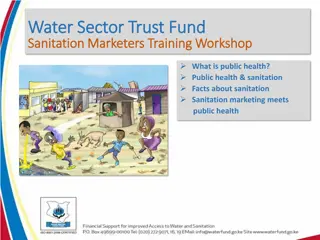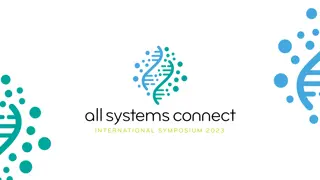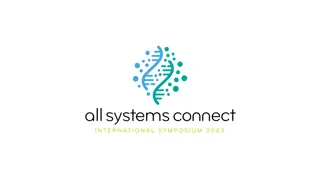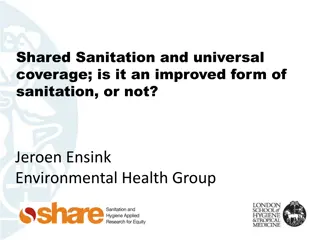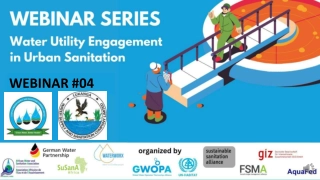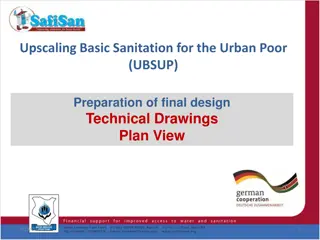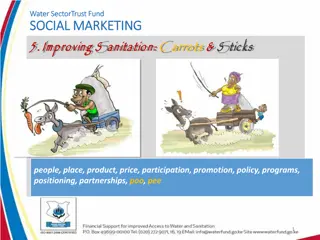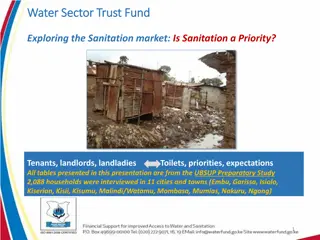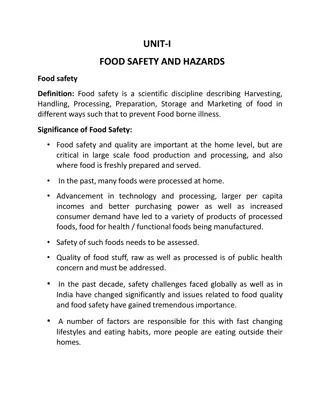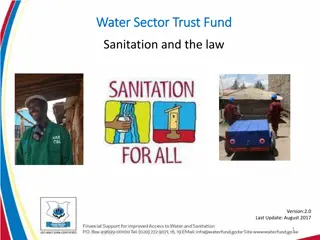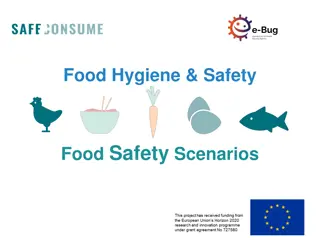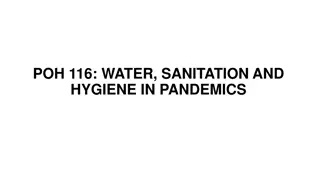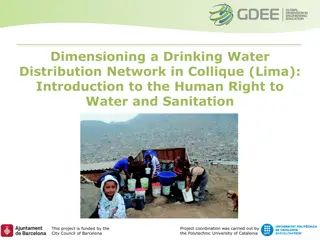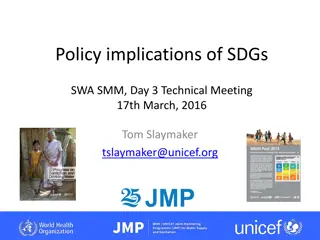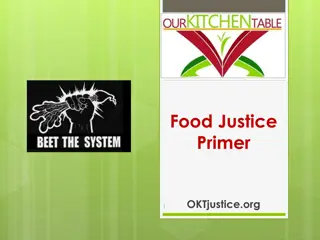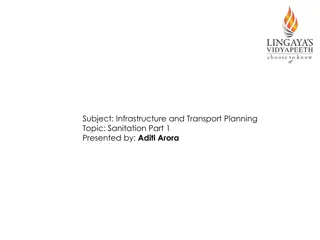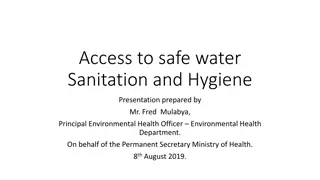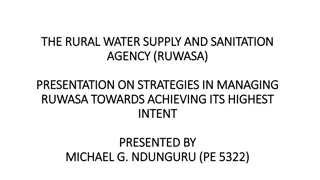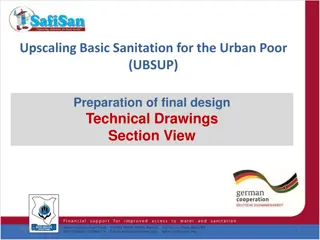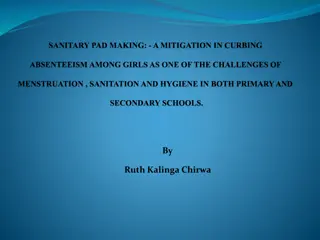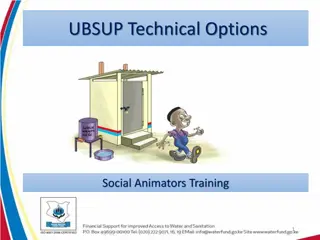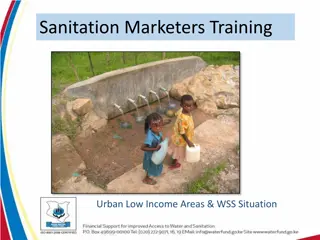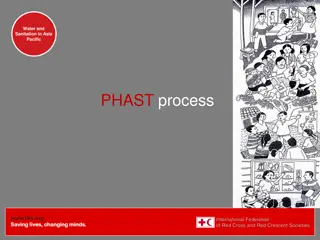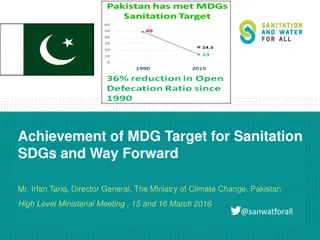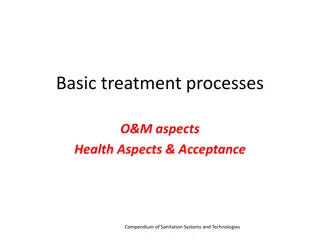Importance of Sanitation in Food Handling
Behind culinary success lies years of training and a solid grasp of food safety basics. Unsafe food handling can lead to foodborne illnesses, outbreaks, and even legal consequences. Sanitation practices are crucial to prevent contamination and ensure food safety in professional kitchens, reducing the risk of foodborne illnesses and maintaining a good reputation in the industry.
Download Presentation

Please find below an Image/Link to download the presentation.
The content on the website is provided AS IS for your information and personal use only. It may not be sold, licensed, or shared on other websites without obtaining consent from the author. Download presentation by click this link. If you encounter any issues during the download, it is possible that the publisher has removed the file from their server.
E N D
Presentation Transcript
Sanitation Hazards Behind success are years of training and a firm understanding of the basics
Safe food handling Foodborne Illness> is any illness caused by eating contaminated food. An outbreak is when 2 or more people eat the same food and get the same sickness from it. Not only do outbreaks harm the customer, they can result in employees being fired or demoted, businesses getting sued, and reputations being ruined. The bad publicity caused by an outbreak can lead to establishment going of business.
Food borne illness According to the center for disease control and prevention, it is estimated that every year in the USA there are 76 Million cases of foodborne illness 323,000 hospitalizations from foodborne illness 5,000 deaths linked to unsafe food. Anyone who works in a professional kitchen must know how to serve safe food. One mistake can result in unsafe food. Serving food that is free of contamination must be the goal of all foodservice workers Contamination> refers to unwanted presence of harmful substances or levels of dangerous microorganisms in food. Proper sanitation prevents contamination.
Cross-contamination Read the following scenarios. In the space provided, explain where the cross-contamination could occur and how it could be avoided 1. A cook is assembling cold sandwiches plates for a luncheon. A coworker invites him to sign a get well card for a sick employee. The cook stops what he is doing, borrows the pen from the coworker, and signs the card. The cook returns to preparing his plates. 2. A cook cleans and sanitizes her work counter before beginning her assignment. A co-worker comes by and asks to borrow a knife. The cook grabs her toolbox and places it on the counter. She finds the knife in her tool box and loans it to her coworker. She returns her toolbox to its storage place and proceeds with food preparation on her work counter 3. A cook seasons some raw chicken breast and lays them out on a sheet pan. He stores the chicken in the refrigerator until he is ready to cook them. The cook places the pan of chicken on the top shelf in the refrigerator because the shelves below are filled with dessert parfaits for a luncheon.
Sanitation Sanitation> is the creation and practice of clean and healthy food-handling habits. Contamination can result from biological, chemical, or physical hazards. Biological Hazards> consist of harmful organisms that cause foodborne illness. This source of contamination is the most troublesome for foodservice. The illness that results can range from mild discomfort to life threatening. Most biological hazards cannot be detected by smell or taste. These biological hazards, or pathogens include harmful bacteria, viruses, fungi, parasites, and fish toxins.
Food borne illness Pathogen> is an organism that is dangerous to humans. Each of these pathogens behave uniquely. The pathogen responsible for most foodborne illness outbreak. (Bacteria) Bacteria> are single-celled organisms that reproduce by dividing. They are everywhere. Bacteria need water, food, and favorable temperatures to thrive. Potentially hazardous foods (PHF)> are any foods that require time and temperature control for safety. Foods that are high in protein provide a very favorable environment for rapid bacterial growth.
Recap Contamination can lead to outbreaks of foodborne illness. Such outbreak are serious events. Every kitchen employee must practice good sanitation to prevent contamination Bacteria is the biological hazard that causes most foodborne illness. There are many types of bacteria. Bacteria can be controlled or killed by creating an unfavorable environment
Check your Knowledge 1. An _______ is when 2 or more people eat the same food and get the same sickness from it. 2. What condition does bacteria need to thrive? 3. _________, __________ & ___________ hazards connected with contamination and foodborne illness. 4. How can you prevent contamination in foodservice? 5. T/F ___ You can not be killed by a foodborne illness. 6. T/F ___ Sanitation and safety are the first priority in the kitchen 7. An outbreak could cause the restaurant? 1. 2.
